Table of Contents Show
I. Introduction
Predictive analytics and generative AI have transformed how we approach problem-solving, data analysis, and innovation across industries. As these technologies evolve, it becomes increasingly important to understand their differences and potential applications. This article will explore the definitions, techniques, advantages, and limitations of predictive analytics and generative AI, providing insights into their distinct capabilities and potential use cases. In Predictive Analytics vs Generative AI, we will learn more about these techs.
A. Definition of Predictive Analytics
Since the launch of ChatGPT, discussion about Artificial Intelligence is soaring. Predictive analytics refers to the process of using statistical techniques, data mining, and machine learning algorithms to analyze historical data and make predictions about future events or trends. By uncovering patterns and relationships within datasets, predictive analytics enables businesses and organizations to make data-driven decisions, anticipate customer behavior, optimize operations, and identify potential risks.
B. Definition of Generative AI
Generative AI, on the other hand, is a subset of artificial intelligence that focuses on generating new, previously unseen data, content, or solutions based on the patterns and structures learned from existing data. Generative AI models, such as Generative Adversarial Networks (GANs) and Variational Autoencoders (VAEs), are designed to create realistic, high-quality outputs that can be used for various purposes, ranging from image synthesis and text generation to drug discovery and design optimization.
C. Predictive Analytics vs Generative AI: Purpose of the article
This article aims to comprehensively compare predictive analytics and generative AI, highlighting their fundamental differences in approach, techniques, applications, and limitations. By understanding the unique capabilities of each method, decision-makers and practitioners can better select the most suitable approach for their specific needs and objectives. Additionally, this comparison will shed light on potential opportunities for integrating these technologies to create more powerful and efficient solutions across various domains.
II. What is Predictive Analytics
A. Overview
Data-driven approach:
We know that machine learning can improve business intelligence. Predictive analytics is a data-driven approach that relies on the analysis of historical data to forecast future events or outcomes. It involves identifying patterns, relationships, and trends within data to create models capable of making accurate predictions, which can be used to inform decision-making processes across various industries.
Key applications:
Predictive analytics has been applied in numerous fields, including finance, healthcare, marketing, manufacturing, and logistics. Some key applications include credit scoring, fraud detection, demand forecasting, preventive maintenance, and personalized marketing.
B. Techniques and Methods
Regression analysis:
Regression analysis is a statistical technique to model the relationship between a dependent variable (the outcome) and one or more independent variables (predictors). By estimating the coefficients of the regression equation, analysts can make predictions and assess the impact of each predictor on the outcome.
Time-series forecasting:
Time-series forecasting involves analyzing time-ordered data to predict future values based on historical trends and patterns. Common time-series forecasting methods include autoregressive integrated moving averages (ARIMA), exponential smoothing, and seasonal decomposition.
Machine learning techniques:
Machine learning techniques, such as decision trees, neural networks, and support vector machines, can be used to build predictive models. These algorithms automatically learn from data to identify patterns and relationships, enabling the creation of models with higher accuracy and complexity than traditional statistical methods.
C. Advantages
Decision support:
Predictive analytics provides valuable insights to support decision-making processes, helping organizations make informed choices and improve operational efficiency.
Risk mitigation:
Predictive analytics can help organizations develop risk mitigation strategies, minimize losses, and improve overall performance by identifying potential risks.
Customer insight:
Predictive analytics can provide valuable insights into customer behavior, preferences, and trends, enabling businesses to personalize their offerings, improve customer satisfaction, and enhance customer retention.
D. Limitations
Data quality and availability:
We cannot ignore limitations when discussing Predictive Analytics vs Generative AI. Predictive analytics heavily relies on high-quality and relevant data. Inaccurate, incomplete, or biased data can lead to incorrect predictions and negatively impact decision-making processes.
Model accuracy:
The accuracy of predictive models depends on the chosen techniques, the quality of data, and the complexity of the relationships being modeled. Overfitting or underfitting can lead to poor model performance, making it difficult to generalize predictions to new data.
Interpretability issues:
Complex predictive models, particularly those involving machine learning techniques, can be challenging to interpret and explain. This lack of transparency can make it difficult for decision-makers to trust and act upon the model’s predictions, limiting its practical utility.
III. What is Generative AI
A. Overview
Model-driven approach:
Generative AI is a model-driven approach that creates new, previously unseen data, content, or solutions based on the patterns and structures learned from existing data. Instead of predicting outcomes, generative AI models generate novel outputs that mimic the properties of the training data, enabling creative and innovative applications.
Key applications:
Generative AI has been applied in various fields, including art, music, design, natural language processing, and drug discovery. Key applications include image synthesis, text generation, style transfer, content creation, and molecular design.
B. Techniques and Methods
Generative Adversarial Networks (GANs):
GANs are a type of generative AI that uses two neural networks, the generator and the discriminator, which compete against each other in a process called adversarial training. The generator creates synthetic data, while the discriminator evaluates whether the generated data is authentic or not. The process continues until the generator produces realistic and high-quality data.
Variational Autoencoders (VAEs):
VAEs are a type of generative AI that uses neural networks to encode and decode data, learning a continuous probability distribution of the input data. By sampling from this distribution, VAEs can generate new data points that resemble the original data.
Transformer models (e.g., GPT-4):
Transformer models, such as GPT-4, are a type of generative AI that focuses on natural language processing tasks. These models are pretrained on large text corpora and can generate coherent and contextually relevant text based on a given input.
C. Advantages
Creativity and innovation:
Generative AI enables the generation of novel and innovative outputs, opening up new possibilities for creative exploration and problem-solving across various domains.
Data augmentation:
Generative AI can create additional training data, especially when dealing with limited or imbalanced datasets, improving the performance of machine learning models and reducing the need for manual data collection.
Personalization:
Generative AI can be used to create personalized content, products, and experiences tailored to individual preferences, enhancing customer satisfaction and engagement.
D. Limitations
Ethical concerns:
Generative AI raises ethical concerns, such as the potential for generating deepfakes, copyright infringement, or creating misleading or harmful content, which can have significant consequences in various contexts.
Computational resources:
Generative AI models, particularly deep learning-based models like GANs and transformer models, require significant computational resources for training and inference, which can be a barrier to adoption for some organizations or individuals.
Model control and bias:
Controlling the output of generative AI models can be challenging, and unintended biases in the training data can lead to biased outputs. Ensuring the generated content is appropriate and aligned with the intended purpose requires careful model design and monitoring.
IV. Popular Generative AI interfaces
Dall-E
Dall-E is a multimodal AI application that detects connections across multiple media, including vision, text, and audio. It connects the meaning of words to visual elements. In 2021, it was built with OpenAI’s GPT implementation. Dall-E 2, a more capable successor, was released in 2022. It allows users to generate imagery in various styles based on user prompts.
ChatGPT
ChatGPT is an artificial intelligence-powered chatbot application based on OpenAI’s GPT-3.5 implementation. OpenAI has made it possible to interact with and fine-tune text responses through a chat interface with interactive feedback. Earlier versions of GPT could only be accessed via an API. GPT-4 will be available on March 14, 2023. ChatGPT incorporates a user’s conversation history into its results, simulating a real conversation. Following the overwhelming success of the new GPT interface, Microsoft announced a substantial new investment in OpenAI and integrated a version of GPT into its Bing search engine.
Google Bard
Google was another early pioneer in developing transformative AI techniques for processing language, proteins, and other types of content. It made some of these models available to researchers via open source. However, it has yet to make a public interface for these models available. Because Microsoft decided to incorporate GPT into Bing, Google rushed to market a public-facing chatbot, Google Bard. Following Bard’s rushed debut, Google’s stock price dropped significantly after the language model incorrectly stated that the Webb telescope was the first to discover a planet in a foreign solar system. If you want to know how to use Google Bard, read here.
V. Predictive Analytics vs Generative AI: Key Differences
A. Approach: Data-driven vs. Model-driven
Predictive analytics is a data-driven approach that focuses on analyzing historical data to make predictions about future events or trends. In contrast, generative AI is a model-driven approach that aims to create new, previously unseen data, content, or solutions based on patterns and structures learned from existing data.
B. Applications: Decision support vs. Creative Generation
Predictive analytics primarily supports decision-making processes by providing forecasts and insights that enable risk mitigation, customer insight, and operational optimization. Generative AI, on the other hand, is used for creative generation and innovation, producing novel outputs for applications like content creation, design, and data augmentation.
C. Techniques: Traditional statistical methods vs. Deep learning
Predictive analytics employs traditional statistical methods, such as regression analysis and time-series forecasting, as well as machine learning techniques like decision trees and support vector machines. Generative AI often relies on deep learning techniques, including Generative Adversarial Networks (GANs), Variational Autoencoders (VAEs), and transformer models like GPT-4.
D. Advantages and limitations
There are certain limitations for both Predictive Analytics and Generative AI. Predictive analytics offers advantages in decision support, risk mitigation, and customer insight, while its limitations include data quality, model accuracy, and interpretability issues. Generative AI enables creativity, innovation, data augmentation, and personalization but faces ethical concerns, computational resources, and model control and bias limitations.
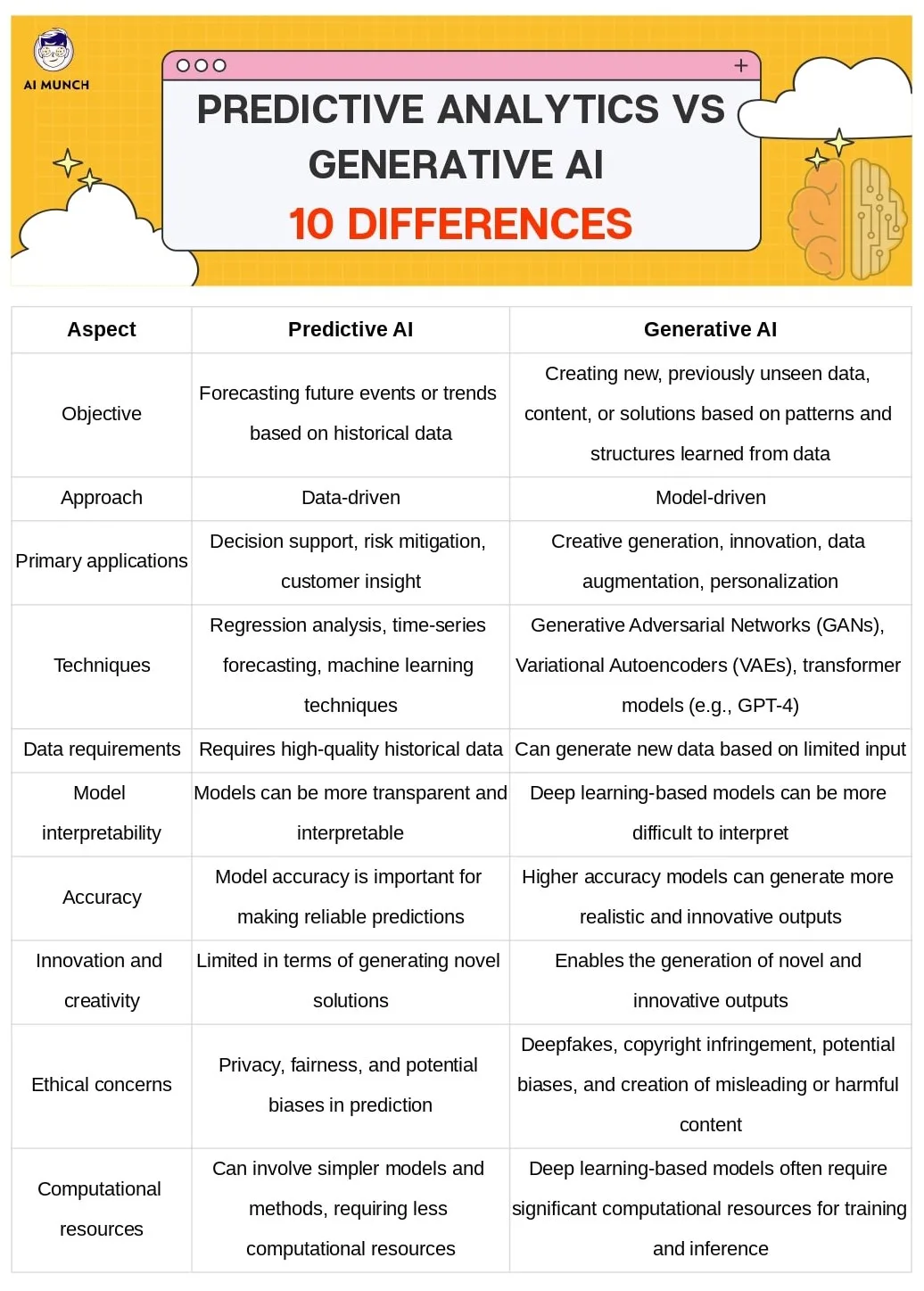
VI. Predictive Analytics vs Generative AI: Choosing the Right Approach
A. Determining the objective
The choice between predictive analytics and generative AI depends on the specific objective of a project or task. Predictive analytics is better suited for tasks requiring data-driven decision-making, while generative AI is more appropriate for creative generation and innovation.
B. Assessing data availability
The quality and quantity of available data play a crucial role in selecting the right approach. Predictive analytics requires historical data for accurate forecasting, while generative AI can create new data based on limited input, making it more suitable for situations with limited data resources.
C. Evaluating technical requirements
Organizations must consider the technical requirements and expertise needed to implement and maintain each approach. Predictive analytics can involve simpler models and methods, while generative AI often requires more complex deep learning techniques and significant computational resources.
D. Balancing accuracy and interpretability
The balance between model accuracy and interpretability is important when choosing between predictive analytics and generative AI. Predictive analytics models can be more transparent and interpretable, whereas generative AI models, especially deep learning-based ones, can be more difficult to interpret but offer higher levels of accuracy and innovation.
E. Considering ethical implications
Ethical implications should also be considered when selecting an approach. Predictive analytics may raise concerns related to privacy and fairness, while generative AI can pose ethical challenges related to content creation, deepfakes, and potential biases. Organizations must carefully evaluate and address these concerns when choosing and implementing the appropriate approach.
VII. Future Trends and Opportunities
A. Integration of predictive analytics and generative AI
In the future, we can expect to see a more synergistic integration of predictive analytics and generative AI, leveraging the strengths of both approaches to create innovative solutions. This integration could result in enhanced decision-making processes, improved personalization, and more efficient problem-solving across various industries.
B. Advances in AI technique:
As AI techniques evolve, predictive analytics and generative AI will benefit from these advancements. Improved algorithms, better model interpretability, and more efficient training and inference processes will enhance the capabilities of both approaches, opening up new possibilities and applications.
C. Applications in emerging industries:
As new industries and markets emerge, predictive analytics and generative AI will find novel applications and opportunities for growth. Areas such as virtual and augmented reality, robotics, biotechnology, and sustainability can benefit from the unique capabilities offered by both approaches, driving innovation and progress in these domains.
VIII. Conclusion
A. Recap of Predictive analytics vs Generative AI
Predictive analytics and generative AI have distinct approaches, techniques, applications, and limitations. While predictive analytics focuses on data-driven forecasting and decision support, generative AI enables creative generation and innovation. The choice between these approaches depends on the specific objectives, data availability, technical requirements, and ethical implications of a given project or task.
Developing a comprehensive understanding of predictive analytics and generative AI is essential for decision-makers and practitioners in various fields. This knowledge allows for selecting the most suitable approach for specific needs and objectives, ensuring more effective and efficient solutions.
By recognizing the unique capabilities and potential of both predictive analytics and generative AI, organizations can explore opportunities for integration and collaboration, creating a more synergistic future where these technologies complement each other and drive progress across industries.
FAQs
Analytical AI, which includes predictive analytics, is focused on extracting insights and patterns from existing data to inform decisions and predict future outcomes. Generative AI focuses on creating new data, content, or solutions based on learned patterns and structures, enabling creative and innovative applications.
Predictive AI focuses on analyzing historical data to make predictions about future events or trends, supporting decision-making processes, risk mitigation, and customer insights. Generative AI, on the other hand, creates new, previously unseen data, content, or solutions based on patterns and structures learned from existing data, enabling creative generation and innovation.
Predictive analytics is a subset of AI that uses statistical techniques and machine learning algorithms to analyze historical data and make predictions about future events. AI is a broader term encompassing various techniques, including both predictive analytics and generative AI, which focuses on creating new data or content.
AI, or artificial intelligence, is an umbrella term for a wide range of techniques and approaches that enable machines to learn, reason, and solve problems. Generative AI is a subset of AI that specifically focuses on creating new data, content, or solutions based on patterns and structures learned from existing data.
Examples of generative AI include Generative Adversarial Networks (GANs), Variational Autoencoders (VAEs), and transformer models like GPT-4. These techniques have been used for applications such as image synthesis, text generation, style transfer, content creation, and molecular design.
Generative AI is used for a variety of applications, including content creation (e.g., images, text, music, and video), design (e.g., product, architecture, and fashion), data augmentation, personalized experiences, drug discovery, and molecular design.
The opposite of generative AI could be considered discriminative AI, which focuses on modeling the relationship between input data and output labels or classes. Instead of generating new data, discriminative AI aims to classify or predict outcomes based on existing data. Examples of discriminative AI include logistic regression, support vector machines, and certain types of neural networks.
Do you want to read more? Check out these articles.
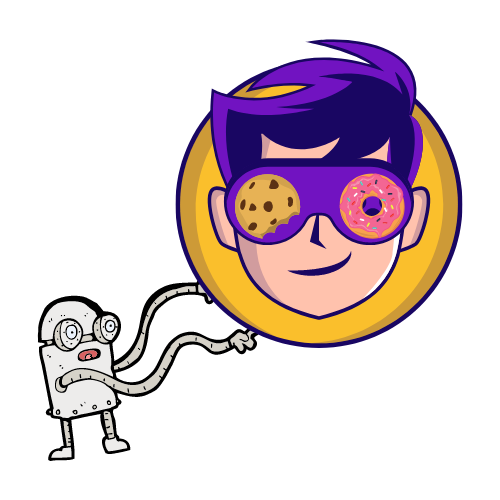


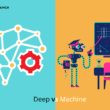



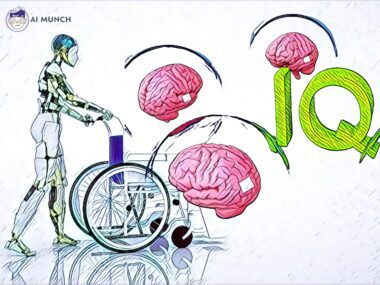

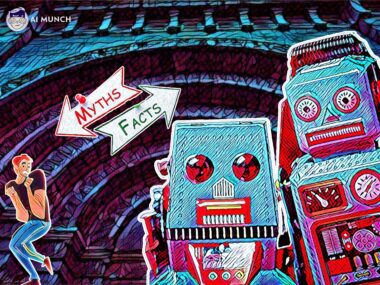

1 comment